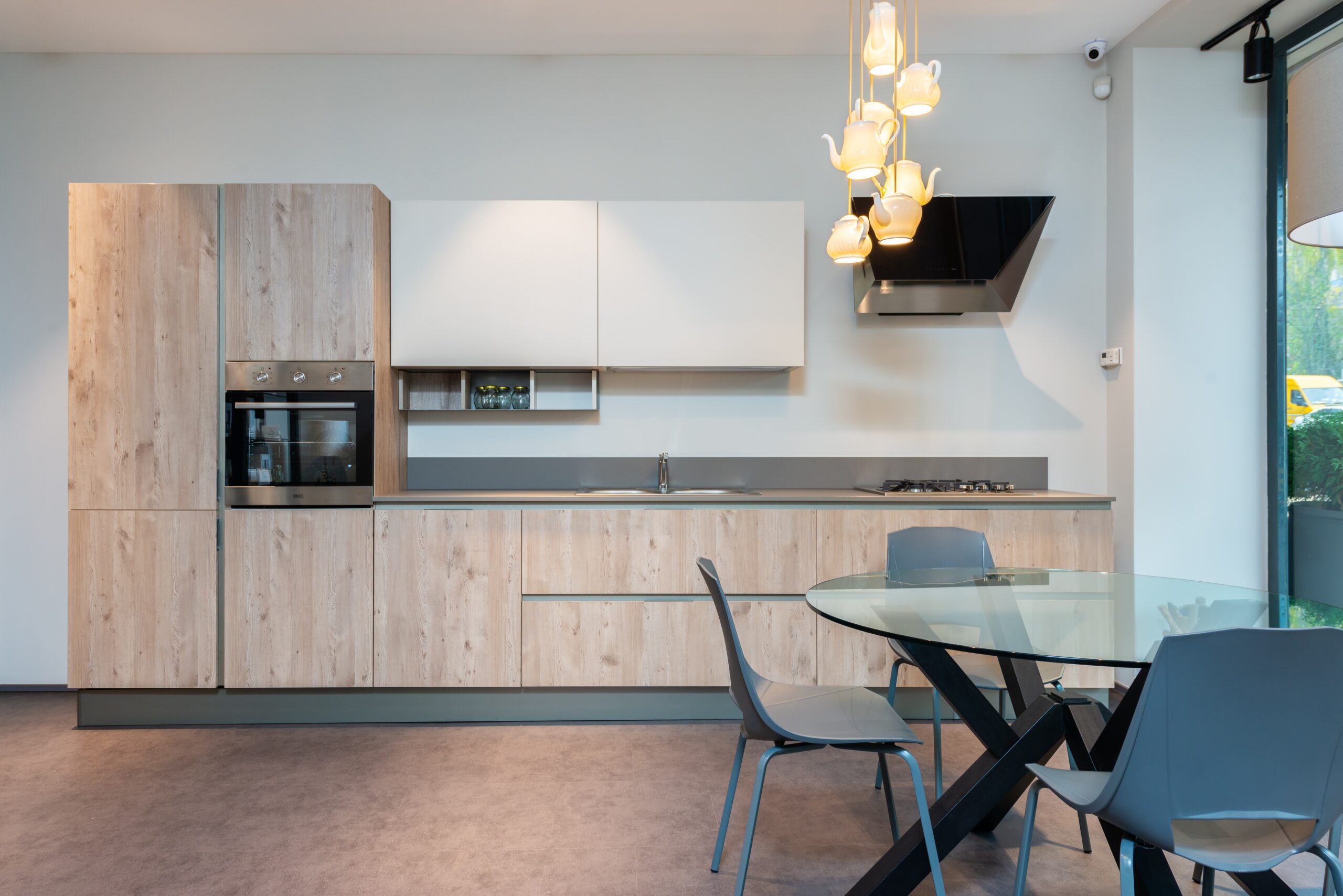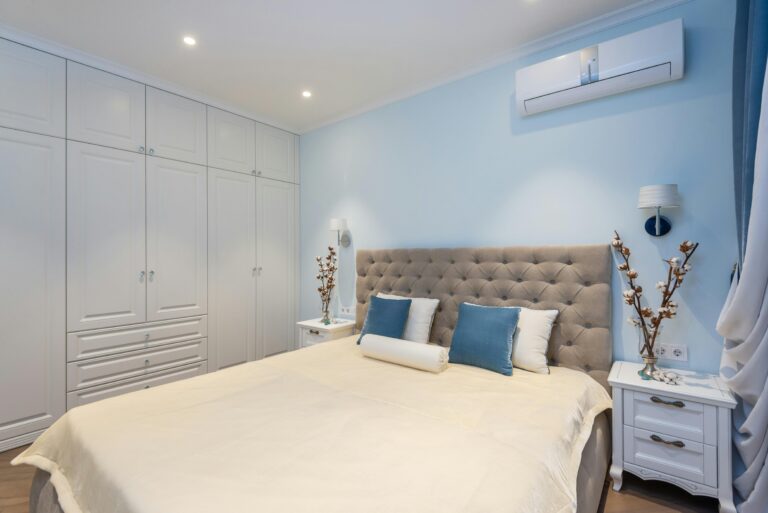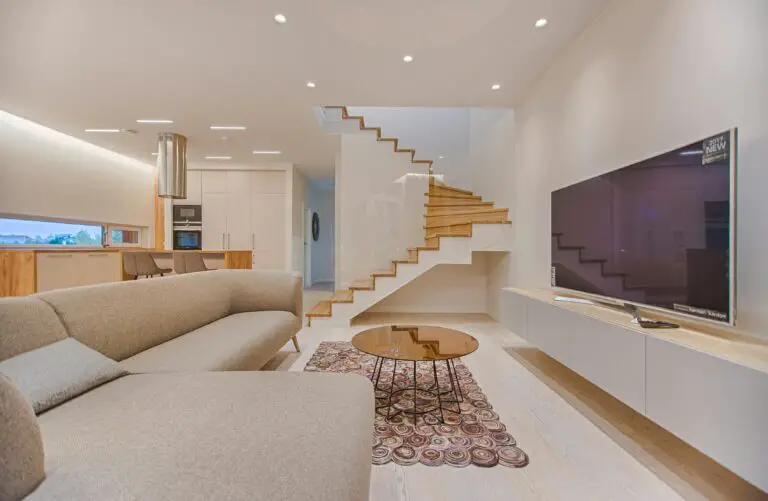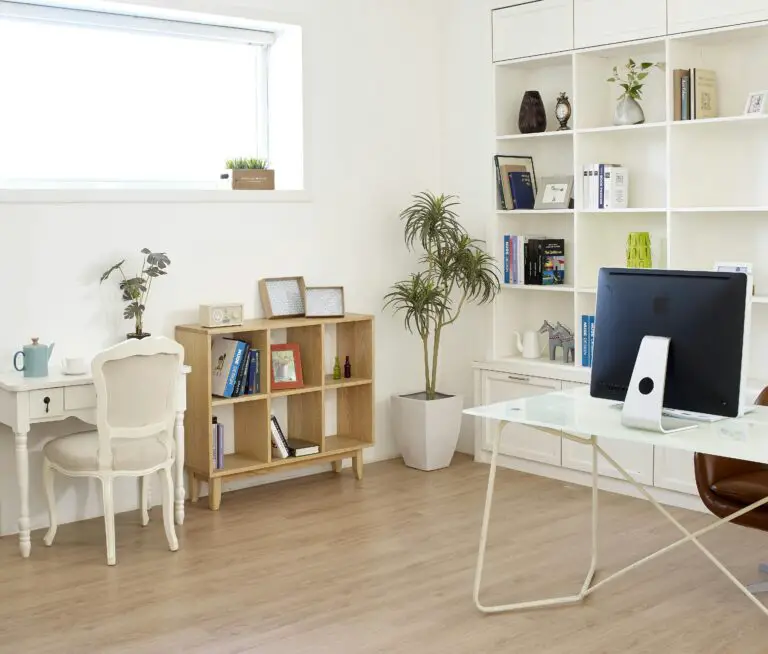When it comes to creating a beautiful and functional living space, lighting plays a crucial role. The right lighting not only enhances the aesthetic appeal of a room but also influences its functionality and mood.
From the warm glow of a cozy reading nook to the bright illumination of a workspace, the art of choosing the right lighting for each room requires a thoughtful approach. We’ll explore the various types of lighting, factors to consider, and practical tips to help you illuminate your home with style and efficiency.
Understanding Different Types of Lighting
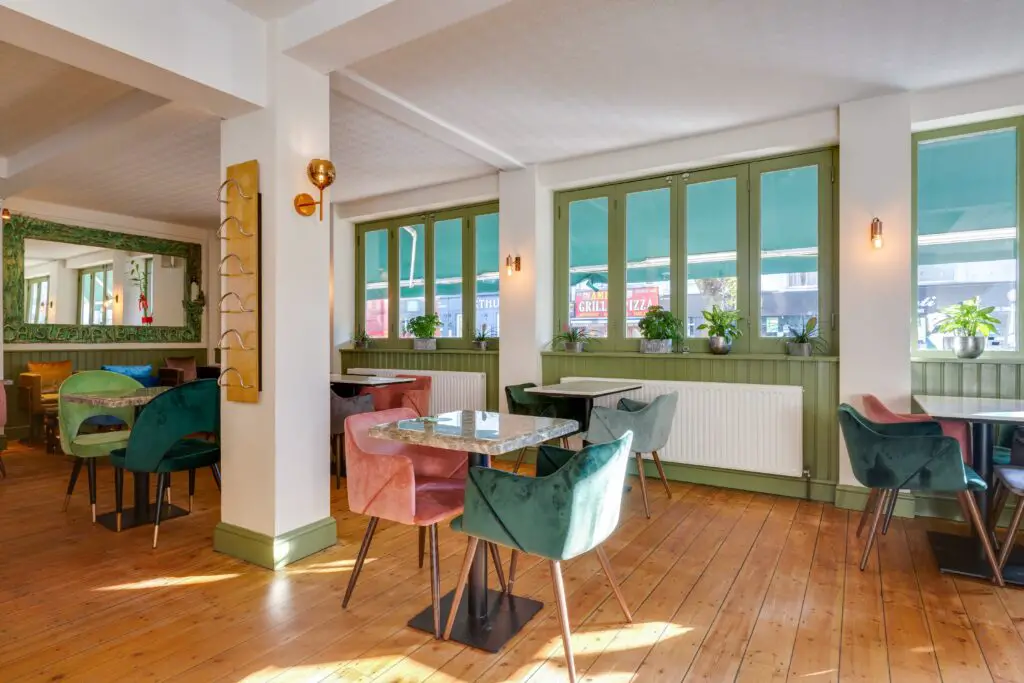
1. Natural Lighting and Its Benefits
The beauty of natural light is unparalleled, and harnessing it effectively can transform any room. Not only does natural light make spaces feel more open and inviting, but it also provides numerous health benefits. Studies have shown that exposure to natural light can improve mood, productivity, and overall well-being. To maximize natural light, consider the room’s orientation, window size, and the use of light-colored reflective surfaces.
2. Artificial Lighting Options
Ambient Lighting
Also known as general lighting, ambient lighting serves as the primary source of illumination in a room. It sets the overall tone and brightness level, ensuring that the space is adequately lit. Common sources of ambient lighting include overhead fixtures, chandeliers, and recessed lighting.
Task Lighting
Task lighting is designed to provide focused illumination for specific activities. This type of lighting is essential in areas where tasks like reading, cooking, or working are performed. Desk lamps, under-cabinet lights, and pendant lights are popular choices for task lighting.
Accent Lighting
Accent lighting adds drama and visual interest to a room by highlighting specific features or objects. It is used to draw attention to artwork, architectural details, or decorative elements. Track lighting, wall sconces, and picture lights are commonly used for accent lighting.
Factors to Consider When Choosing Lighting for Each Room
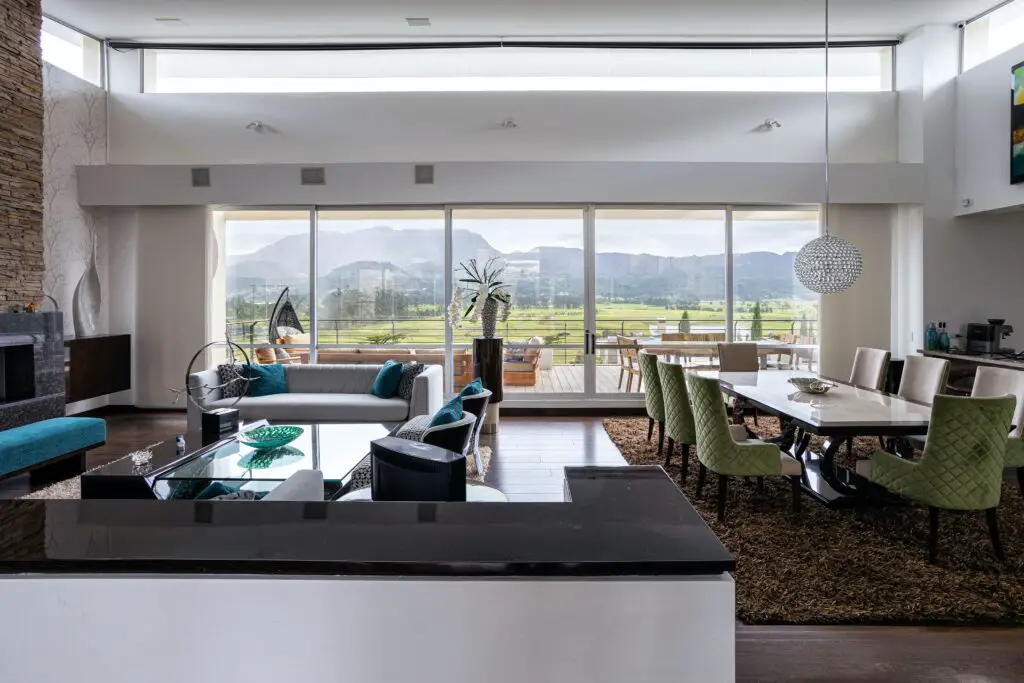
A. Room Purpose and Functionality
The lighting needs of each room depending on its purpose and intended functionality. Let’s explore the lighting requirements for various rooms:
1. Living Room
The living room is often the heart of the home, used for relaxation, entertaining, and family time. To create a warm and inviting atmosphere, a combination of ambient and accent lighting is recommended. Consider using dimmable fixtures to control the intensity and set the mood for different occasions.
2. Bedroom
The bedroom is a place of rest and rejuvenation. Soft, soothing lighting is ideal for creating a calming ambiance. Incorporate task lighting near the bedside for reading, and use dimmers to adjust the lighting according to your bedtime routine.
3. Kitchen
The kitchen requires functional lighting for meal preparation and cooking. Bright task lighting above countertops and the stove ensures safety and efficiency. Add ambient lighting to make the kitchen feel welcoming during gatherings.
4. Bathroom
The bathroom necessitates a blend of bright task lighting for grooming activities and soft ambient lighting for a spa-like feel. Properly placed vanity lights and overhead fixtures are essential for a well-lit and functional bathroom.
5. Home Office
In a home office, task lighting is paramount to prevent eye strain and enhance productivity. Position desk lamps or overhead lights to illuminate the work area effectively.
6. Dining Room
In the dining room, a chandelier or pendant light above the table sets the tone for meals and gatherings. Consider adding dimmers to adjust the lighting based on the occasion.
B. Room Size and Layout
The size and layout of a room can significantly impact lighting choices. Large rooms may require multiple light sources to avoid dark corners, while small rooms may benefit from space-saving fixtures.
C. Personal Preferences and Style
Consider your personal preferences and the overall style of your home when choosing lighting fixtures. Whether you prefer modern and contemporary designs or classic and traditional aesthetics, there are lighting options to suit every taste.
Choosing the Right Fixtures and Lamps
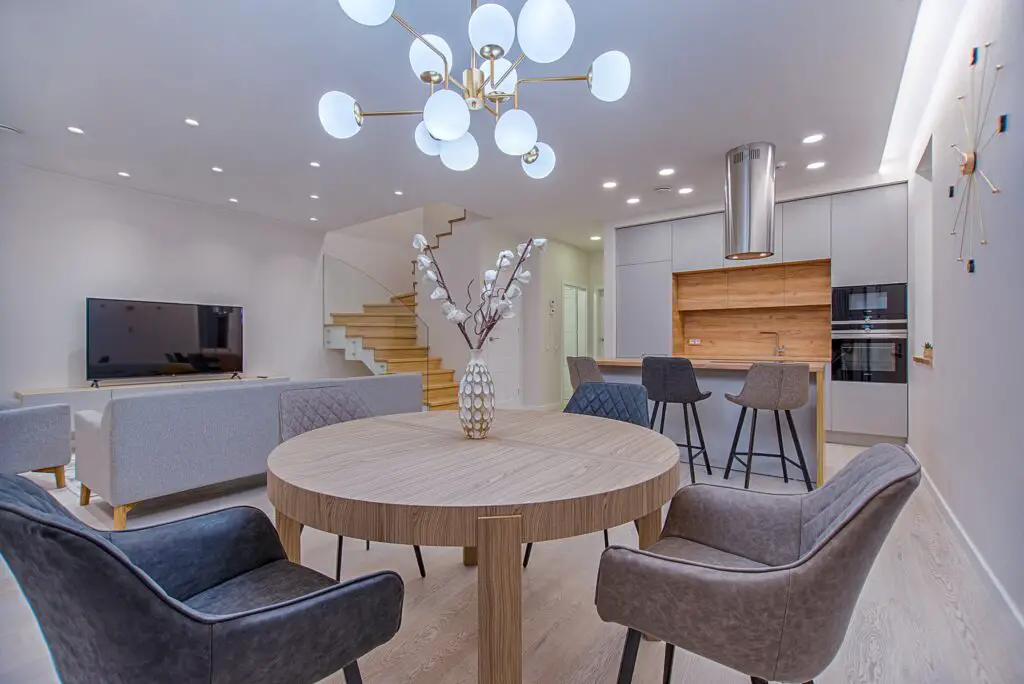
The type of lighting fixtures you choose can greatly influence the overall look and functionality of a room. Here are some popular fixtures for various spaces:
1. Chandeliers and Pendant Lights
Chandeliers and pendant lights are versatile options that work well in entryways, dining rooms, and bedrooms. They add a touch of elegance and drama to any space. When choosing a chandelier or pendant, consider the height of the ceiling and the size of the room to ensure a proportionate fit.
2. Wall Sconces
Wall sconces are excellent choices for accent lighting and can be used to frame artwork or provide soft illumination in hallways and living rooms. They come in various styles and can be hardwired or plug-in for added flexibility.
3. Floor Lamps
Floor lamps are ideal for adding task lighting without the need for installation. They can be moved around easily, making them suitable for reading nooks, dark corners, and living areas where flexibility is desired.
4. Table Lamps
Table lamps are perfect for bedside tables, sideboards, and end tables. They provide localized lighting and add a decorative touch to the room. Choose lampshades that complement the room’s color scheme and decor.
5. Recessed Lighting
Recessed lighting is an excellent option for providing general illumination without the need for bulky fixtures. It works well in modern and minimalist spaces, and its unobtrusive design complements various room styles.
The Importance of Layered Lighting
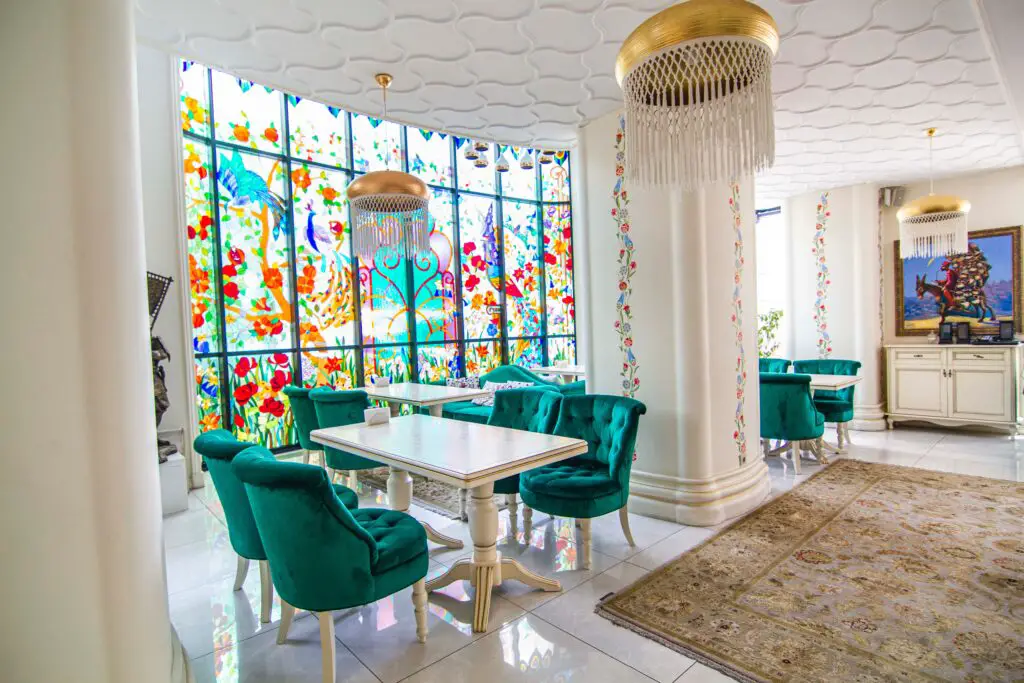
To create a harmonious and well-balanced lighting scheme, consider implementing layered lighting. Layered lighting involves combining different types of lighting to meet various needs and create the desired ambiance.
A. Combining Different Types of Lighting
By combining ambient, task, and accent lighting, you can control the intensity and mood of a room. For instance, in the living room, use ambient lighting for overall illumination, task lighting for reading or working, and accent lighting to showcase artwork or architectural features.
B. Using Dimmers to Control Light Intensity
Installing dimmer switches allows you to adjust the brightness of the lighting fixtures, making it easier to create the desired atmosphere for different occasions. Dimming the lights can also save energy and extend the lifespan of light bulbs.
Understanding Light Bulb Options
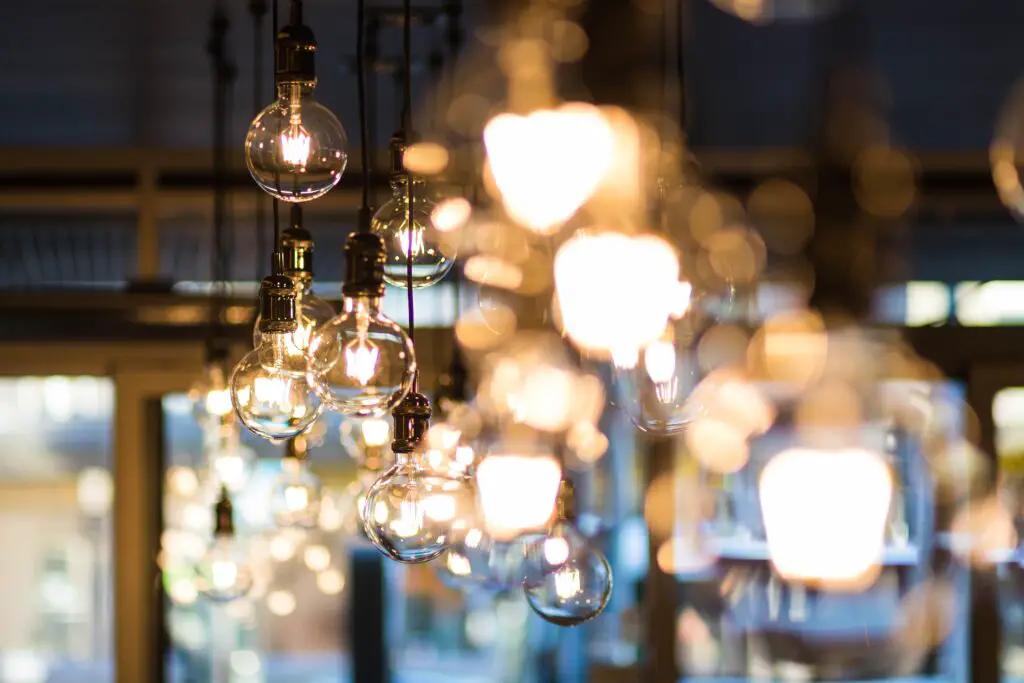
The type of light bulb you choose affects not only the quality of light but also energy consumption and environmental impact. Here are the three most common types of light bulbs:
1. Incandescent Bulbs
Incandescent bulbs are the traditional option, but they are inefficient and have a relatively short lifespan. They produce a warm, soft glow, making them suitable for spaces where cozy ambiance is desired. However, due to their low energy efficiency, they are gradually being phased out in favor of more eco-friendly alternatives.
2. Compact Fluorescent Lamps (CFLs)
CFLs are more energy-efficient than incandescent bulbs and have a longer lifespan. They produce less heat and come in various color temperatures, making them suitable for different room applications. However, some people find their light quality to be less appealing, with a cooler, bluish tone.
3. Light-Emitting Diodes (LEDs)
LEDs are the most energy-efficient and long-lasting option available today. They come in a wide range of color temperatures, including warm, neutral, and cool tones. LEDs emit little to no heat, making them safer and more comfortable to use. Although they are initially more expensive, their energy savings and extended lifespan make them a cost-effective choice in the long run.
Lighting and Room Colors
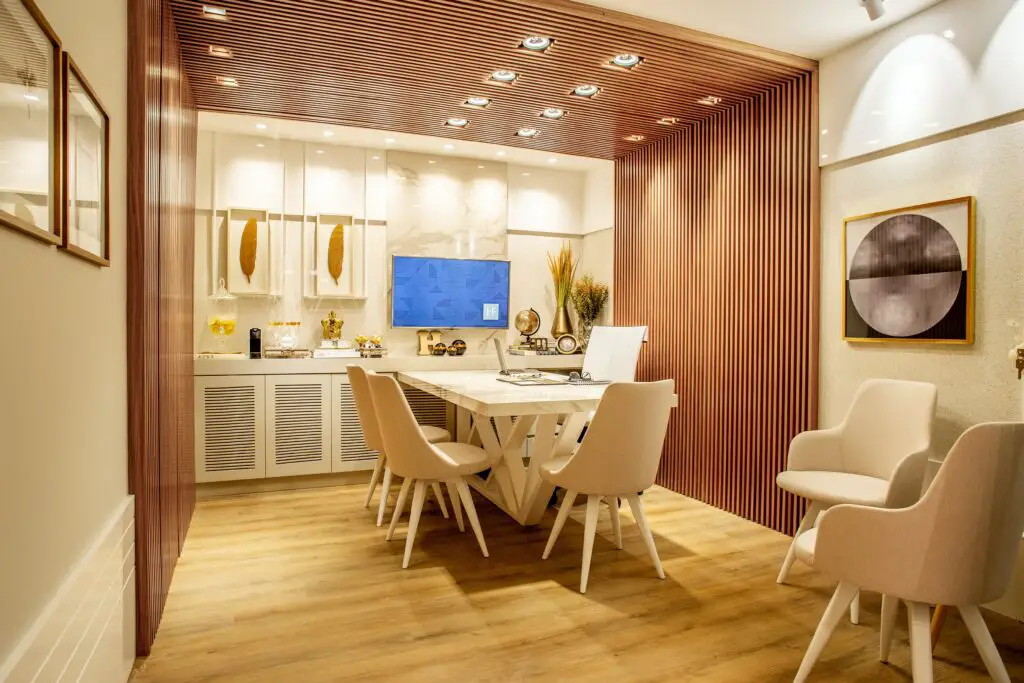
The colors of a room’s walls and furnishings can significantly impact how lighting is perceived. The interplay between light and color can create unique effects and enhance the overall ambiance.
A. How Lighting Can Affect the Perception of Colors
Different lighting sources can alter the appearance of colors. Warm-toned lighting can make warm-colored walls (e.g., red or yellow) appear more vibrant, while cool-toned lighting can enhance cool-colored walls (e.g., blue or green).
B. Complementing Lighting with Room Color Schemes
Consider the color scheme of each room when choosing lighting fixtures and bulbs. Ensure that the lighting enhances and complements the colors in the space rather than clashing with them. Experimenting with different light bulb color temperatures can help achieve the desired effect.
Practical Tips for Each Room
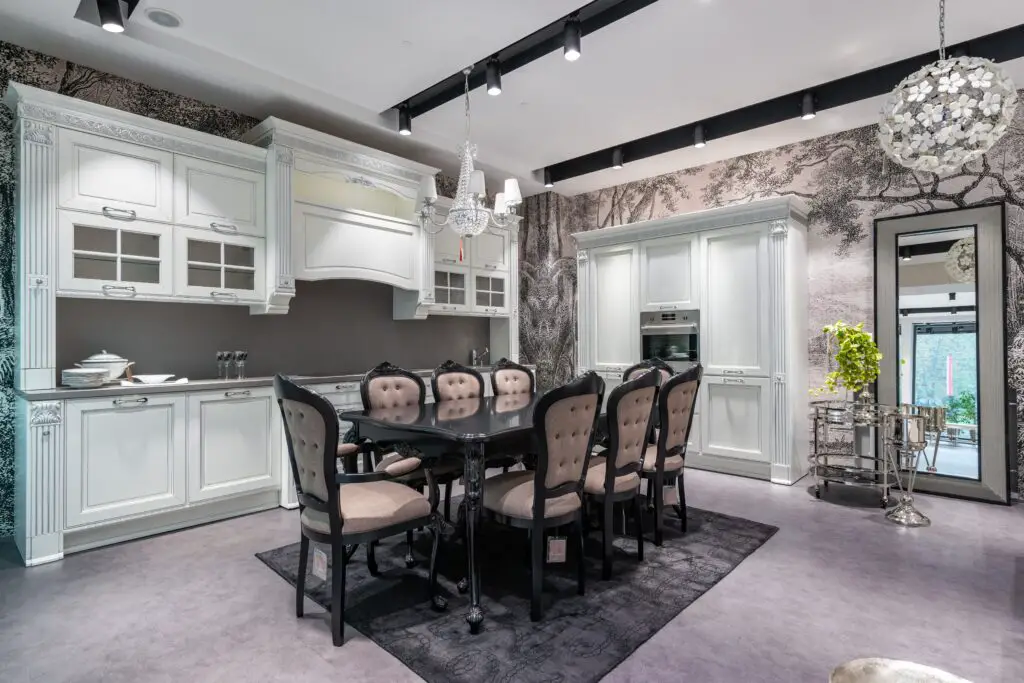
A. Living Room Lighting
1. Entertainment Areas
- Install dimmable ambient lighting to set the mood during movie nights or gatherings.
- Add wall sconces or floor lamps around the TV area to reduce eye strain and add ambiance.
2. Reading Corners
- Place a floor lamp or table lamp next to your favorite reading spot for task lighting.
- Choose warm-toned bulbs for a cozy reading experience.
3. Highlighting Artwork and Decor
- Use adjustable accent lights to showcase artwork and decorative elements.
- Position the accent lights to create shadows and depth, adding drama to the display.
B. Bedroom Lighting
1. Creating a Relaxing Ambiance
- Opt for soft, warm lighting to create a calming atmosphere.
- Consider installing wall-mounted reading lights for bedtime reading.
2. Task Lighting for Dressing Areas
- Add task lighting near the dressing area or wardrobe for better visibility.
- Choose lighting fixtures with adjustable heads to direct the light where it’s needed most.
C. Kitchen Lighting
1. Illuminating Workspaces
- Install under-cabinet lighting to illuminate countertops and food preparation areas.
- Use pendant lights or a track lighting system to highlight the kitchen island.
2. Adding Ambiance to Dining Areas
- Hang a chandelier or pendant light above the dining table for a striking focal point.
- Consider installing a dimmer switch to adjust the lighting for casual meals or formal dinners.
D. Bathroom Lighting
1. Proper Lighting for Grooming Tasks
- Place vertical vanity lights on either side of the bathroom mirror to minimize shadows on the face.
- Consider adding a dimmer switch for a more spa-like atmosphere during relaxation time.
2. Enhancing the Sense of Space
- Use mirrors strategically to reflect light and create the illusion of a larger space.
- Opt for bright, white LED bulbs to make the bathroom feel more open and airy.
E. Home Office Lighting
1. Reducing Eye Strain
- Position your computer monitor to avoid glare from windows and overhead lights.
- Use a desk lamp with adjustable brightness and color temperature for task lighting.
2. Boosting Productivity
- Choose bright, cool-toned lighting to keep you alert and focused during work hours.
- Incorporate natural light, if possible, to improve mood and productivity.
F. Dining Room Lighting
Setting the Mood for Meals and Gatherings
- Install a dimmable chandelier or pendant light above the dining table.
- Use candlelight or decorative string lights for a cozy ambiance during special occasions.
Tips for Energy-Efficient Lighting Choices
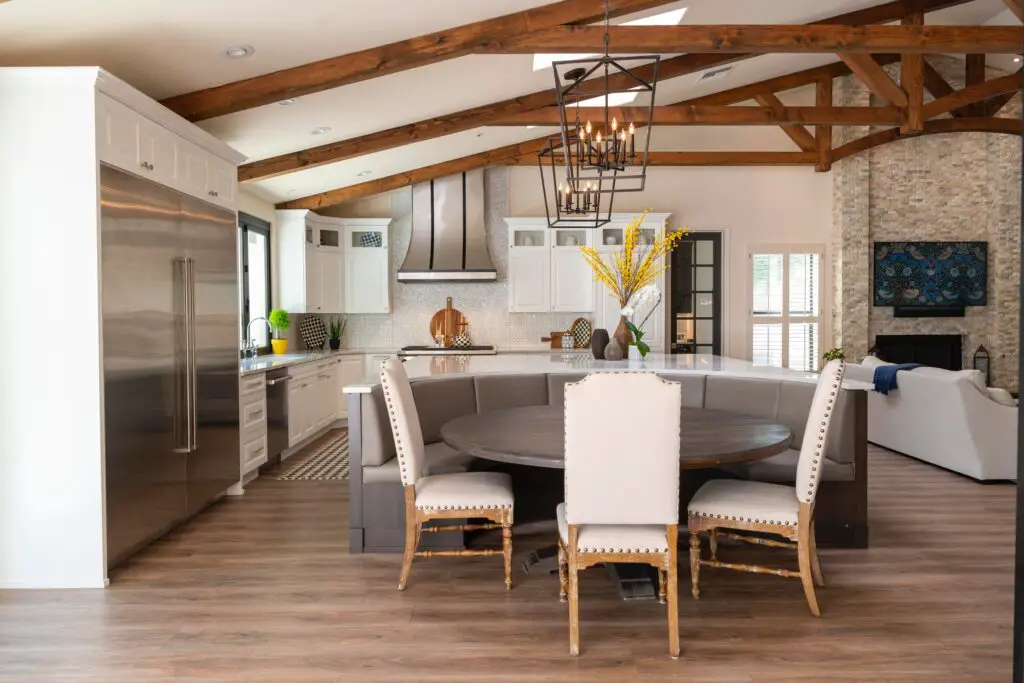
A. Utilizing Natural Light Whenever Possible
- Keep curtains and blinds open during the day to let in natural light.
- Position work areas near windows to reduce the need for artificial lighting.
B. Selecting Energy-Efficient Bulbs and Fixtures
- Choose LED bulbs for long-lasting, energy-saving lighting solutions.
- Look for lighting fixtures with an ENERGY STAR rating for optimal efficiency.
C. Using Motion Sensors and Timers
- Install motion sensors in areas where lighting is needed temporarily, such as hallways and closets.
- Set timers for outdoor lighting to ensure they only operate when needed.
Safety Considerations
A. Avoiding Glare and Shadows
- Position lighting fixtures strategically to prevent glare on screens and reflective surfaces.
- Use lampshades and diffusers to soften and distribute the light.
B. Proper Positioning of Electrical Cords
- Keep electrical cords away from high-traffic areas to prevent tripping hazards.
- Use cord organizers to keep cords neat and tangle-free.
Conclusion
Choosing the right lighting for each room is an art that combines aesthetics, functionality, and personal preferences. By understanding the different types of lighting, considering the room’s purpose and size, and exploring various fixture options, you can create a well-lit and inviting home. Whether you seek to enhance the ambiance, increase productivity, or showcase your favorite decor, the perfect lighting choices can transform your living spaces into inspiring sanctuaries.
Frequently Asked Questions (FAQs)
1. How do you determine the right lighting for each room?
Determining the right lighting for each room involves considering the room’s purpose, size, and personal preferences. Ambient lighting provides overall illumination, task lighting focuses on specific activities, and accent lighting highlights architectural features or decor. Experiment with different types of lighting and consider using dimmers to adjust the intensity based on your needs.
2. Are LED bulbs worth the investment?
Absolutely! LED bulbs are highly energy-efficient, last significantly longer than traditional bulbs, and offer a wide range of color temperatures. While the upfront cost may be slightly higher, the long-term savings in energy bills and replacement costs make LED bulbs a worthwhile investment.
3. How can you create a cozy ambiance in a bedroom?
To create a cozy ambiance in your bedroom, opt for warm-toned lighting with soft intensity. Use bedside table lamps with warm LED bulbs to provide a gentle glow, perfect for relaxation and winding down before sleep.
4. What type of lighting is best for my home office?
For a home office, task lighting is crucial to reduce eye strain and boost productivity. Choose a desk lamp with adjustable brightness and color temperature to provide optimal illumination for focused work.
5. Can lighting affect the way colors appear in a room?
Yes, lighting can significantly impact the way colors appear in a room. Warm-toned lighting can enhance warm-colored walls, while cool-toned lighting can bring out cooler colors. Consider the color scheme of your room and the lighting temperature to achieve the desired effect.
